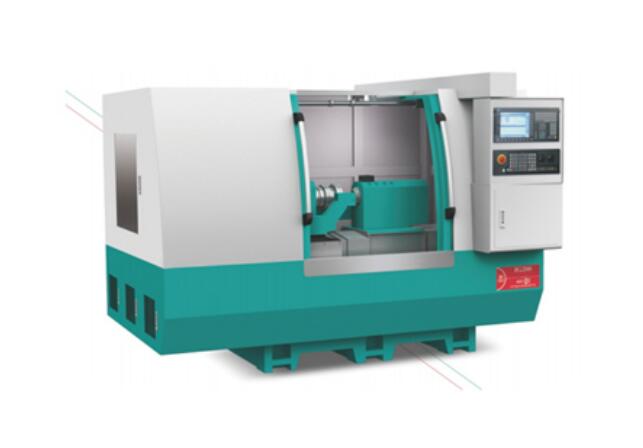The internal grinder is used to grind the workpieces with conical, cylindrical or internal thread surface and internal holes. It is mainly used to grind the internal holes and end faces of basin teeth and large bearing rings, so it can ensure the accuracy of internal holes and end faces. Nowadays, internal grinder is widely used in machining. What problems will the internal grinder encounter in daily operation and how to solve them?
1、 The workpiece surface of the internal grinder has burns, vibration marks and large surface roughness.
① The workpiece surface of the internal grinder is burnt. Due to the poor heat dissipation during internal grinding and the large feed rate of the internal grinder, the grinding heat is increased and the heat generated is large, which results in high temperature burns on the grinding surface. In view of this phenomenon, when grinding the internal grinder, it is necessary to provide enough grinding fluid and reduce the feed rate of the internal grinder. The grinding wheel with good self sharpening property and the grinding wheel with soft and coarse internal grinder shall be selected, and the grinding wheel shall be trimmed in time. Because the internal grinding wheel of the internal grinder is blocked and blunt, the surface temperature of the workpiece will also rise.
② There are vibration marks on the workpiece surface of the internal grinder and the surface roughness is large. The low peripheral speed of the grinding wheel affects the roughness of the workpiece surface, or the grinding wheel is easy to block, which will also lead to poor surface roughness of the workpiece. Therefore, smaller axial and radial feeds can be used to improve the peripheral speed of the grinding wheel. Due to the small diameter of the internal grinding wheel of the internal grinder, or the looseness of the internal grinder spindle, the out of round dressing of the grinding wheel, the bending of the grinding wheel spindle of the internal grinder and other reasons, a strong vibration occurs, which causes ripples on the workpiece surface, thus causing vibration marks on the workpiece surface of the internal grinder. Faced with this situation, we should choose the larger diameter of the grinding wheel of the internal grinder. The vibration can be reduced by properly dressing the internal grinder wheel and adjusting the bearing clearance.
2、 Internal roundness difference of workpiece
When the internal grinder is grinding, the workpiece is clamped too tightly, resulting in the deformation of the hole when the clamp is loosened; It can increase the area of the chuck and reduce the clamping pressure of the workpiece. The workpiece shall be balanced because of the poor roundness caused by the imbalance of the workpiece. The out of roundness often occurs in the grinding holes of internal grinder, mainly in the form of ellipse and polygon. The reason for ovality is that the radial runout of the headstock spindle is too large, and the workpiece is not clamped firmly or the chuck is loose. The polygon is caused by the excessive wear of the headstock spindle, which makes the spindle loose. In addition, the wear of the spindle bearing of the grinding head will also cause polygon. In this case, the machine tool shall be overhauled, the chuck and the workpiece shall be fastened, and the bearing clearance shall be adjusted to eliminate the out of roundness of the workpiece.



